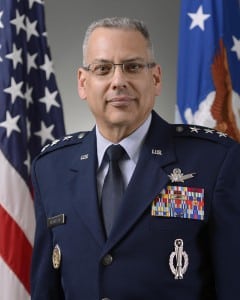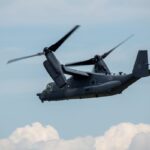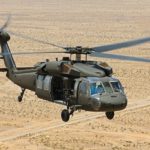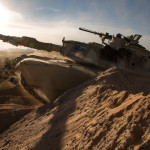
Top Air Force officials have in recent days defended current U.S. nuclear posture that avoids officially declaring no-first-use of nuclear weapons, despite calls from lawmakers to President Barack Obama to adopt such a policy during his remaining time in office.Lt. Gen. Jack Weinstein, Air Force deputy chief of staff for strategic deterrence and nuclear integration, said Thursday at a Peter Huessy breakfast, “It’s dangerous to come up with a policy when right now what you want to have is a…













